- Joined
- Feb 8, 2014
- Messages
- 11,144
I fired up our new (to us) press brake and the motor overload tripped out after a time. OK, grab the amprobe and check the current draw on the legs: 10, 10, 5. Well that's not good. FLA motor current is about 16 Amps so 10 is about right for idle current. But the low leg is very weird.
4KW (5.5HP), 9 lead, Y connected (confirmed), 220/440 volt. Metric frame, made in France. Circa 1976
The motor lead numbering is not original, have been re-tagged. There is no wiring diagram on the motor or in the electrical documentation for the machine.
Here are the current connections in the motor box. Keep in mind this is a 9 lead motor, leads 1, 5, and 9 do not exist
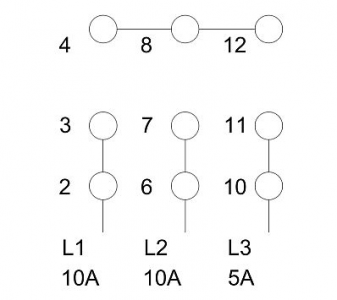
It should look like this
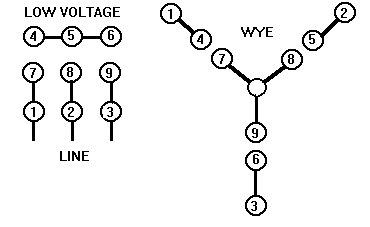
I suspect one of the pairs have the polarity reversed. I need to go through the excersize of re-mapping the windings.
Stay tuned.......,.
4KW (5.5HP), 9 lead, Y connected (confirmed), 220/440 volt. Metric frame, made in France. Circa 1976
The motor lead numbering is not original, have been re-tagged. There is no wiring diagram on the motor or in the electrical documentation for the machine.
Here are the current connections in the motor box. Keep in mind this is a 9 lead motor, leads 1, 5, and 9 do not exist

It should look like this

I suspect one of the pairs have the polarity reversed. I need to go through the excersize of re-mapping the windings.
Stay tuned.......,.
Last edited:




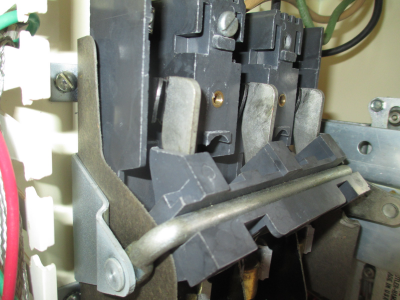
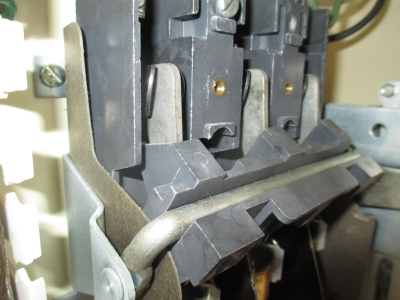
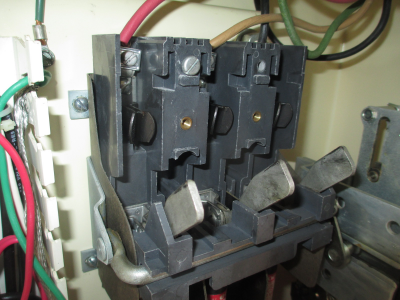

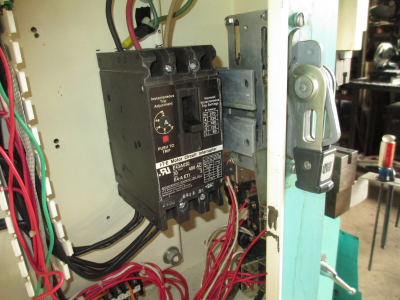

 OK, break is over. The breaker is not a normal thermal breaker it is an instantaneous magnetic trip motor circuit protector. Perfectly applied for the application, but not perfectly adjusted. It has 5 settings from 80 to 270 amps. (see picture above) So my thinking was that 80 amps would be about right for a 16 amp motor...... Well, I would be WRONG.
OK, break is over. The breaker is not a normal thermal breaker it is an instantaneous magnetic trip motor circuit protector. Perfectly applied for the application, but not perfectly adjusted. It has 5 settings from 80 to 270 amps. (see picture above) So my thinking was that 80 amps would be about right for a 16 amp motor...... Well, I would be WRONG.  Time for Mr. Google , a search for the device turned up a spec sheet that gives the amp settings for various motor amp draws. It turns out that for a 16 amp motor the correct setting is 3 (180 amps)
Time for Mr. Google , a search for the device turned up a spec sheet that gives the amp settings for various motor amp draws. It turns out that for a 16 amp motor the correct setting is 3 (180 amps)  I'll be ordering a new contactor and overload in the next order to Automation Direct, that will be about Monday.
I'll be ordering a new contactor and overload in the next order to Automation Direct, that will be about Monday.